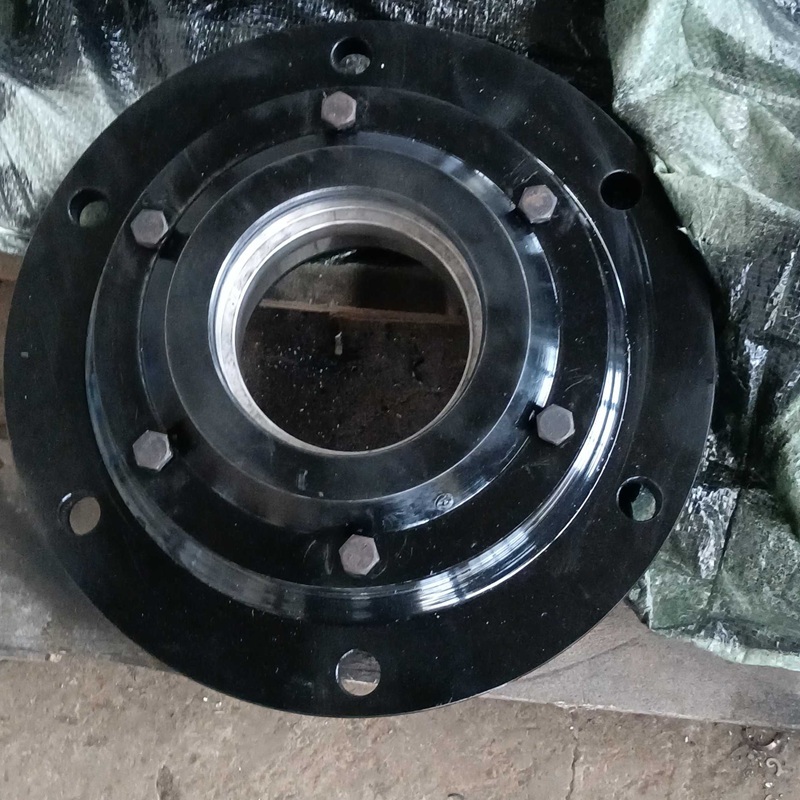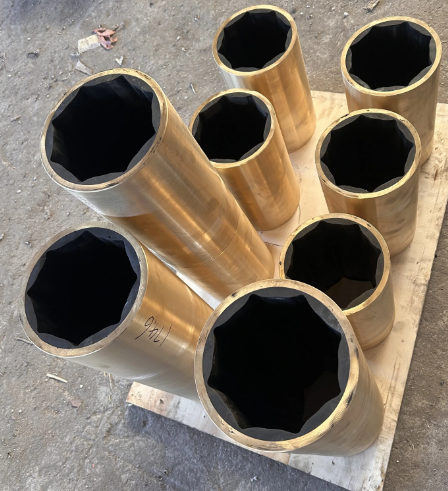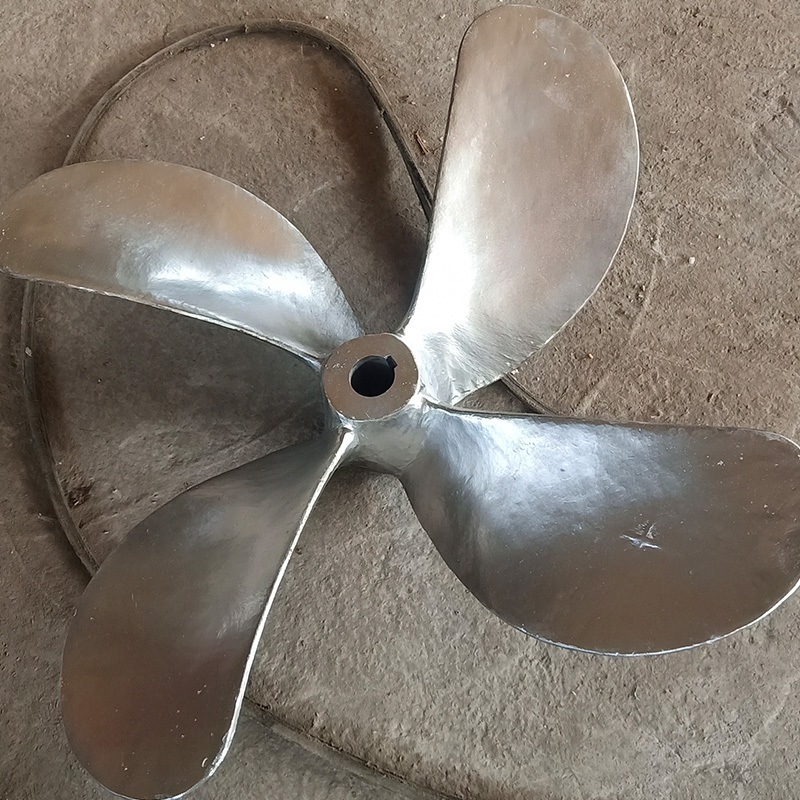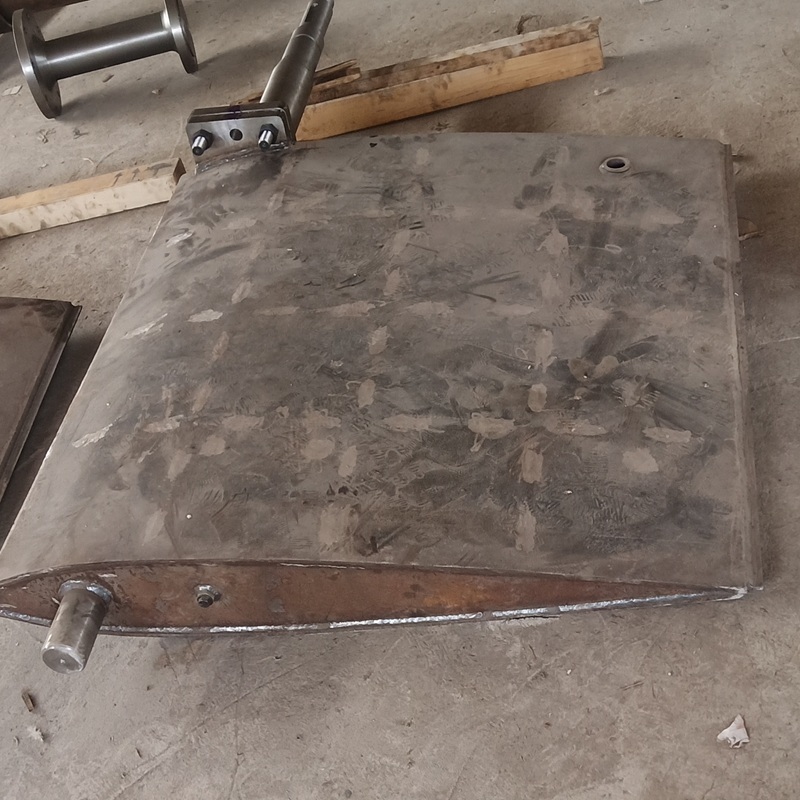Understanding Water-Lubricated Bearings: Innovation in Industrial Applications
Release Time:
Jun 25,2025
Water-lubricated bearings represent an innovative approach in the realm of bearing technology, utilizing water as a lubricant instead of conventional oils or greases. This unique design not only offers environmentally friendly benefits but also presents a range of advantages that can enhance operational efficiency in various industrial applications. The primary function of water-lubricated bearing
Water-lubricated bearings represent an innovative approach in the realm of bearing technology, utilizing water as a lubricant instead of conventional oils or greases. This unique design not only offers environmentally friendly benefits but also presents a range of advantages that can enhance operational efficiency in various industrial applications.
The primary function of water-lubricated bearings is to reduce friction between moving parts, ensuring smooth operation in machinery. These bearings are typically composed of materials that are compatible with water, such as plastics or specialized composites, which can withstand the mechanical stresses and resist corrosion. This makes them particularly suitable for applications in marine environments, wastewater treatment facilities, and even food processing plants, where cleanliness and safety are paramount.
One of the most significant advantages of water-lubricated bearings is their environmental impact. Traditional lubricants can pose significant environmental hazards if leaked or improperly disposed of. In contrast, water is non-toxic, readily available, and poses minimal risk to the environment. This makes water-lubricated bearings an excellent choice for companies looking to meet sustainability goals while maintaining high performance.
Another benefit lies in the maintenance requirements. Water-lubricated systems generally require less frequent maintenance compared to their oil-lubricated counterparts. This is largely due to the self-lubricating properties of the water, which can help to prevent the buildup of contaminants and reduce wear on the bearing surfaces. Consequently, this can lead to longer service life and reduced downtime in industrial operations.
However, it is essential to consider the specific conditions in which water-lubricated bearings will be utilized. While they excel in applications involving clean water, they may not perform as well in situations where contaminants or abrasive particles are present. Therefore, it is crucial for professionals to evaluate the operational environment and ensure that the bearing material and design are suitable for the intended application.
In summary, water-lubricated bearings offer a promising alternative to traditional lubrication methods, combining performance with environmental responsibility. Their application in various industries reflects a broader trend towards sustainable engineering solutions. As professionals in the industrial equipment sector explore new technologies, water-lubricated bearings may become an increasingly popular choice for enhancing machinery performance while minimizing ecological footprints.
The primary function of water-lubricated bearings is to reduce friction between moving parts, ensuring smooth operation in machinery. These bearings are typically composed of materials that are compatible with water, such as plastics or specialized composites, which can withstand the mechanical stresses and resist corrosion. This makes them particularly suitable for applications in marine environments, wastewater treatment facilities, and even food processing plants, where cleanliness and safety are paramount.
One of the most significant advantages of water-lubricated bearings is their environmental impact. Traditional lubricants can pose significant environmental hazards if leaked or improperly disposed of. In contrast, water is non-toxic, readily available, and poses minimal risk to the environment. This makes water-lubricated bearings an excellent choice for companies looking to meet sustainability goals while maintaining high performance.
Another benefit lies in the maintenance requirements. Water-lubricated systems generally require less frequent maintenance compared to their oil-lubricated counterparts. This is largely due to the self-lubricating properties of the water, which can help to prevent the buildup of contaminants and reduce wear on the bearing surfaces. Consequently, this can lead to longer service life and reduced downtime in industrial operations.
However, it is essential to consider the specific conditions in which water-lubricated bearings will be utilized. While they excel in applications involving clean water, they may not perform as well in situations where contaminants or abrasive particles are present. Therefore, it is crucial for professionals to evaluate the operational environment and ensure that the bearing material and design are suitable for the intended application.
In summary, water-lubricated bearings offer a promising alternative to traditional lubrication methods, combining performance with environmental responsibility. Their application in various industries reflects a broader trend towards sustainable engineering solutions. As professionals in the industrial equipment sector explore new technologies, water-lubricated bearings may become an increasingly popular choice for enhancing machinery performance while minimizing ecological footprints.
Keywords:





